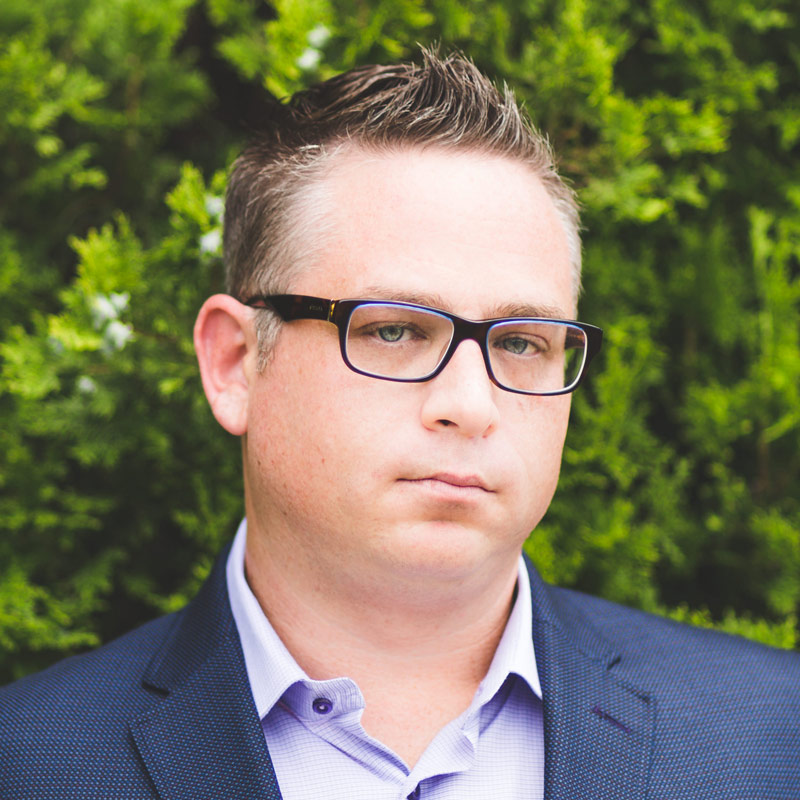Dealing with a diagnosis of addiction can be both a liberation and a new battle to face off against. Anyone who has undergone a diagnosis of one addiction, though, might find themselves dealing with a dual diagnosis. Today, dual diagnosis is increasingly common – you are suffering from more than one mental health condition at once. For example, you could be feeling both anxious and depressed.
Dual Diagnosis vs Co-occurring Disorder
Yet there is often confusion around what is a dual diagnosis vs co-occurring disorder. They are strikingly similar, but there is an obvious difference. A dual diagnosis revolves around mental health issues; a co-occurring disorder means that you have a substance addiction alongside a mental health disorder. For example, you could be an alcoholic but also suffer from depression.
The challenge for many is trying to work out where you fall within the spectrum. It matters because dual diagnosis treatment differs from co-occurring disorder treatment. The challenge stems from trying to determine where you sit on the spectrum. Why is this so challenging? Because it is common for substance addiction to hide underlying issues – or for mental issues to be masking an addiction.
Thankfully, detection within the early stages of a dual diagnosis situation is possible. Specialist treatment is required, and at MARC, we love to provide this treatment as closely as possible.
How can one undergo dual diagnosis and dual diagnosis treatment?
The main starting point is to work with a specialist who can help to diagnose the masked condition. Many times, we find that a mental illness or vice versa fuels our addiction. Working with someone skilled and experienced enough to spot the signs of both conditions, not only one of the conditions, is vital.
The most common signs of someone with a dual diagnosis can be very similar to someone suffering from a co-occurring disorder, and they can include:
- A sense of withdrawal from social activity, especially if this is out of character
- A consistent sense of breakdown when it comes to forming and building relationships
- A reckless streak that has seen the individual in question take risks outside their usual personality
- Drop-offs in things like personal attendance for events, work, and even personal hygiene
- Loss of passion and interest in the things that once provided the individual with joy
- Regular breakdowns when it comes to dealing with everyday tasks and activities
- Erratic thought patterns and an inability to stay within a consistent train of thought
These are common signs that someone is going through a multi-faceted battle that needs support. Someone suffering from multiple disorders at once can find that it is increasingly hard to cope in day-to-day life. This can push them to look to substances to help them dull the pain and forget their situation. When this happens, it is essential that they can be provided with a diagnosis.
Supporting oneself and others during a dual diagnosis
Once a professional diagnosis has been provided, it is easier for someone to accept the situation they are now facing. There are some useful ways that an individual can turn around their mindset during treatment, and it is recommended that anyone facing a dual diagnosis takes treatment seriously. During treatment, though, it can be beneficial to:
Confront and take on unpleasant emotions. Often, a dual diagnosis can stir up old emotions that had lain dormant for some time. Instead of turning to a substance to try and find an escape, the issues that lie under the surface must be confronted and overcome.
Spot the triggers that worsen the dual diagnosis. The majority of people with a dual diagnosis will have something in their life that triggers these emotions. Spotting what these triggers are can be important for finding workarounds that stop these triggers from the beginning.
Make more time for the people that matter. While support and treatment are essential, so is creating a balanced and stable social life. Those undergoing dual diagnosis treatment should look to maintain their relationships, making time for the people that matter most.
These three steps can lead to change alongside positive and meaningful therapeutic care and therapy sessions. At first, it can be easy for someone with a dual diagnosis to resist change. Over time, things can change through repeated therapy, care, and the use of the above. The main thing is to focus on today – looking too far ahead in the future or too far in the past can inhibit growth and development. For those wondering about the difference with dual diagnosis vs co-occurring disorder, we hope this cleared things up a bit!
